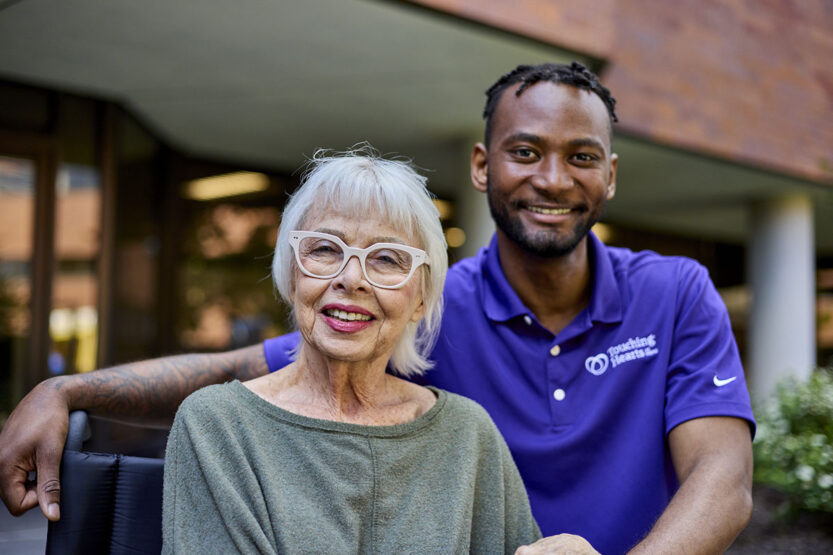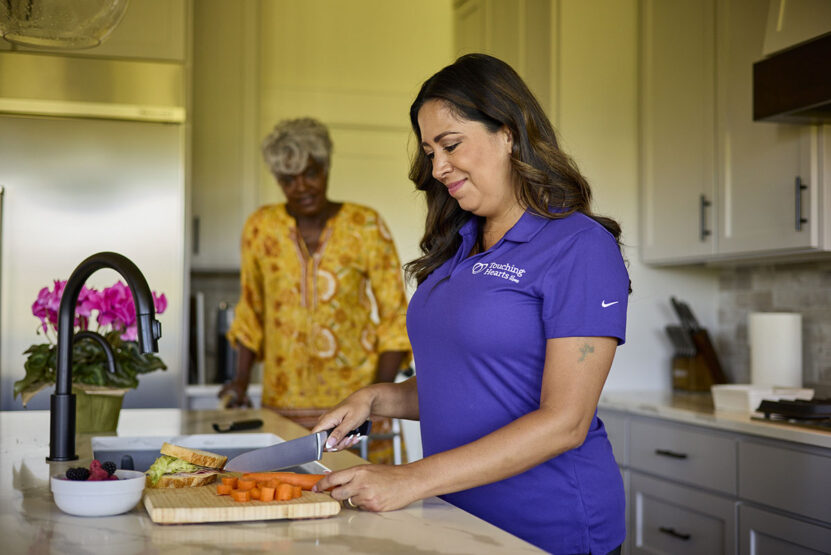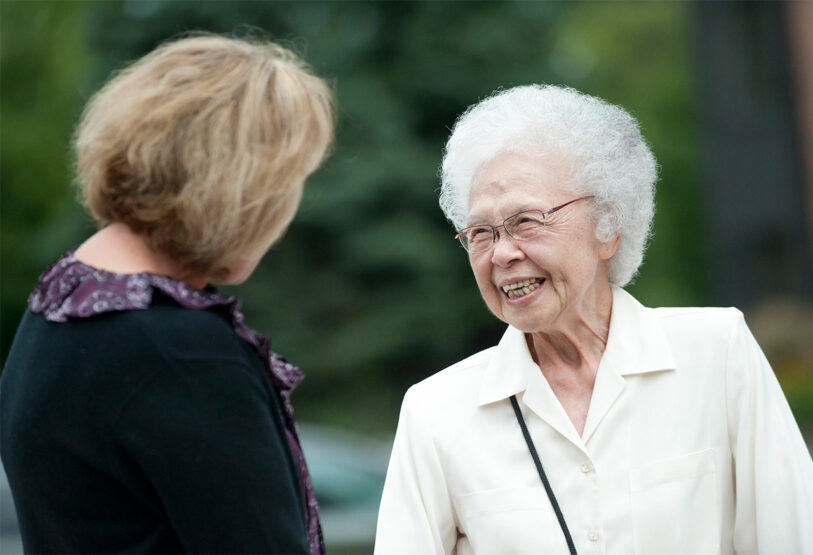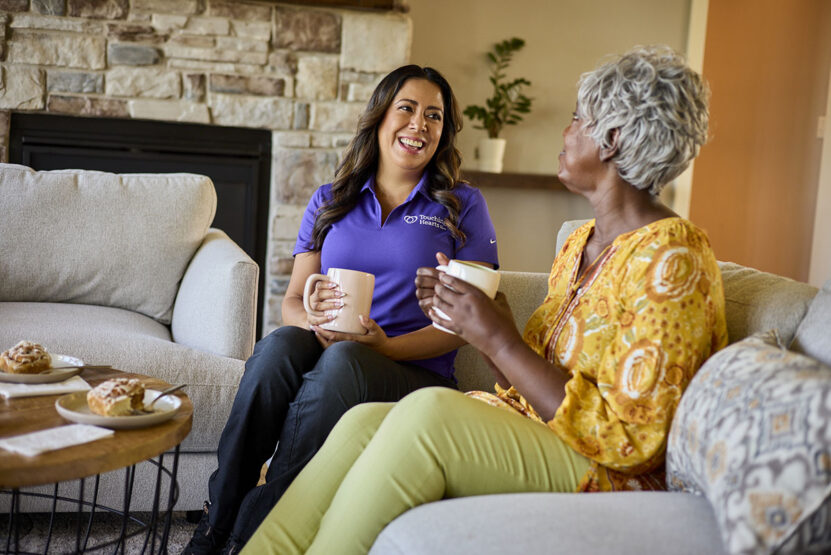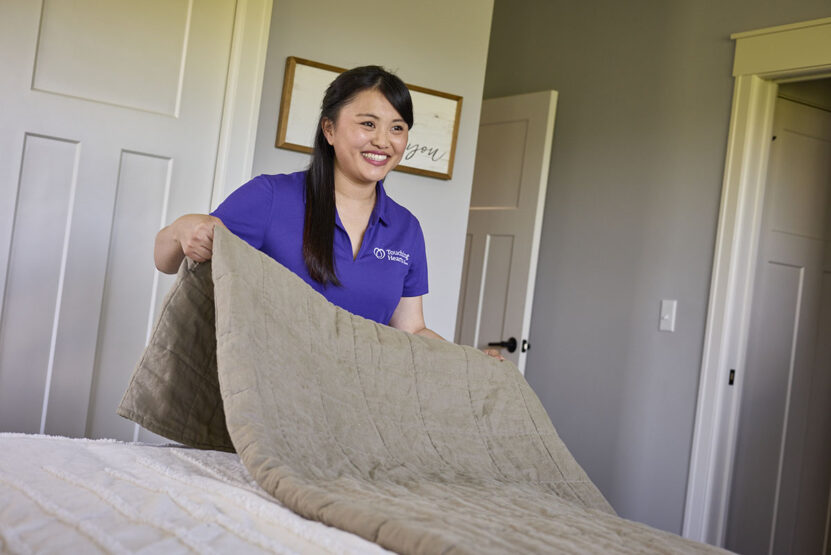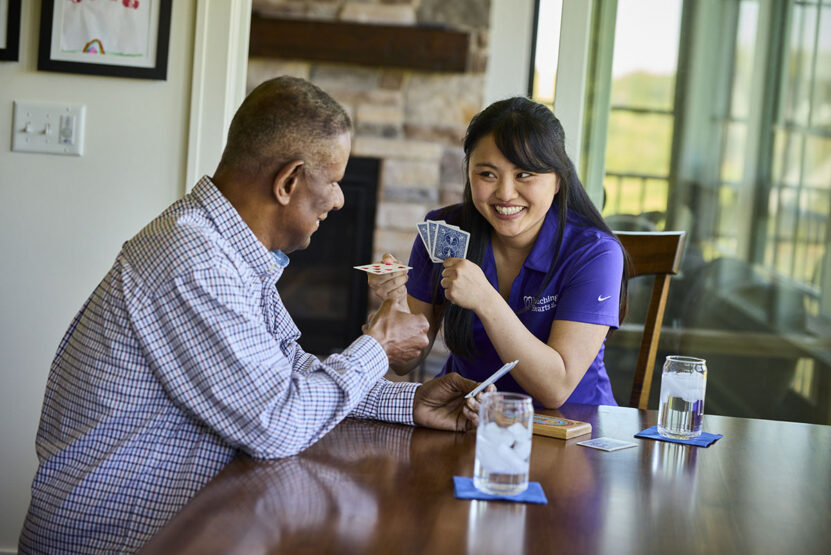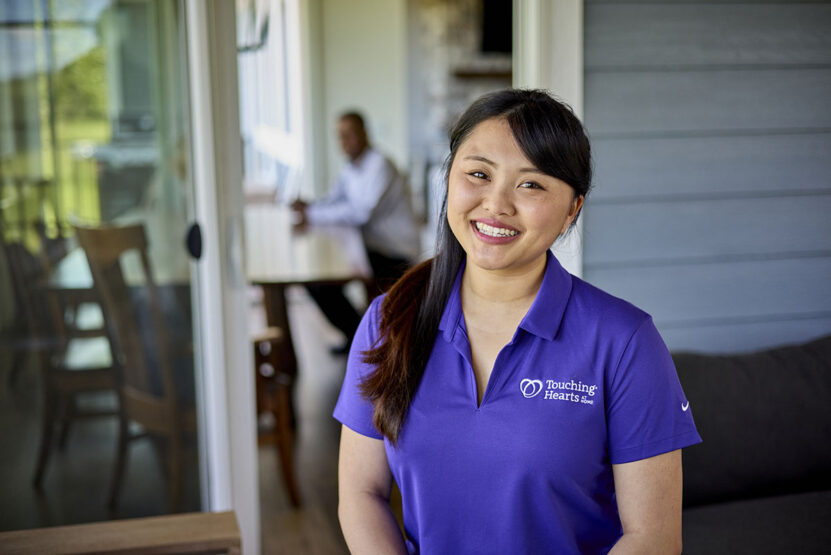Recline = Decline
On July 1, 1946, the Communicable Disease Center (CDC) opened its doors and occupied one floor of a small building in Atlanta, Georgia. Its primary mission was simple yet highly challenging: prevent malaria from spreading across the nation.
Seventy-five years later, the CDC, finally become a household name as a key resource for COVID-19 protocol. The pandemic has certainly brought it into day-to-day conversation and guidance; however, it is full of important data that tells us particularly important information about life, and death.
For example:
Only 1 in 4 US adults and 1 in 5 high school students meet the recommended physical activity guidelines.
About 31 million adults aged 50 or older are inactive, meaning that they get no physical activity beyond that of daily living.
Low levels of physical activity can contribute to heart disease, type 2 diabetes, some kinds of cancer, and obesity.
Low levels of physical activity are associated with an estimated $117 billion annually in health care costs and approximately 10 percent of premature mortality.
Why are these factoids important at a time such as this? They help us see the bigger picture when it comes to health and wellness.
Because of the pandemic, as if nothing could be worse for the world, more than ever, people have limited their physical activity to socially distance and follow Coronavirus safety precautions. Social distance for many people is isolation, and physical activity is at an all time low.
MESSAGE FROM THE SECRETARY of the CDC:
Regular physical activity is one of the most important things people can do to improve their health. Moving more and sitting less has tremendous benefits for everyone, regardless of age, sex, race, ethnicity, or current fitness level. Individuals with a chronic disease or a disability benefit from regular physical activity, as do women who are pregnant.
The scientific evidence continues to build—physical activity is linked with even more positive health outcomes than we previously thought. And, even better, benefits can start accumulating with small amounts of movement, and immediately after doing, physical activity.
Seven of the ten most common chronic diseases are favorably influenced by regular physical activity. Yet nearly 80 percent of adults are not meeting the key guidelines for both aerobic and muscle-strengthening activity, while only about half meet the key guidelines for aerobic physical activity.
The newest edition of the Physical Activity Guidelines for Americans provides guidance on the amounts and types of physical activity necessary to maintain or improve overall health and reduce the risk of, or even prevent, chronic disease. But you don’t have to read it to believe it. Just Move.
Mask-up and move. Start slow and go. Slow and steady wins the race.
We can re-build our strength one movement at a time.
Decline to recline!
Best to your health and wellness.
Ramona Hunt PCC, M.S.
Director of Leadership & Development
Touching Hearts, Inc.


